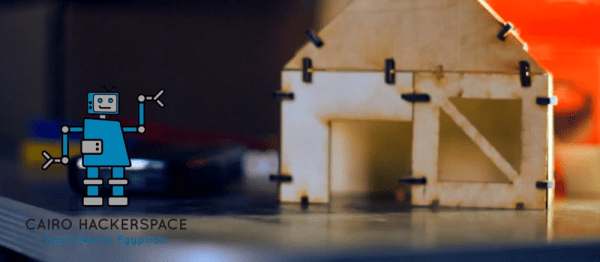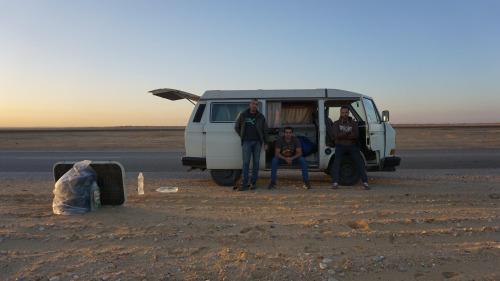Way back in 2014, Heathkit was a mystery. We knew someone was trying to revive the brand, but that was about it. Adafruit pulled out all the stops to solve this mystery and came up with nothing. The only clue to the existence of Heathkit was a random person who found a geocache in Brooklyn Bridge Park. Since then, Heathkit has released an odd AM radio kit and $150 antenna. These offerings only present more mysteries, but at least [Paul] was finally rewarded for finding the Heathkit geocache. Heathkit sent [Paul] the AM radio kit. He says it’s neat and well documented.
[David] is doing his masters thesis on, “The motivation of the maker community”. That means empirical data, and that (usually) means surveymonkey. You can take his survey on the motivations of the maker community here.
America’s best loved companies, Verizon and Makerbot, together at last.
The BeagleBone Black was launched in 2013. The BeagleBone Green – a Seeed joint – showed up last August. The BeagleBone Blue, released just a few months ago, is a collaboration between the UCSD engineering department and TI. Now there’s the BeagleBone Enhanced. Yes, they should have picked another color. Perhaps ecru. The BB Enhanced sports one Gigabyte of RAM, Gigabit Ethernet, two USB ports and two USBs via an expansion header, optional serial NOR Flash for a bootloader, optional six-axis gyro, and optional barometer.
Atmel is changing a few AVRs. There is a new die for the ATMega 44, 88, 168, and the ‘Arduino chip’, the ATMega328. Most of the changes are relatively inconsequential – slightly higher current consumption in power save mode – but one of these changes is going to trip up a lot of people. The Device ID, also known as the source of the avrdude: initialization failed, rc=-1 error, has changed on a lot of chips.
Makeit Labs in Nashua, New Hampshire has a problem. They were awarded $250,000 in tax credits to help them move and renovate. Sounds like a very good problem, right? Not so: they need to sell these tax credits before the end of the month, or they lose them. They’re looking for a few businesses in New Hampshire to buy these tax credits. From [Peter Walsh]: “Under the credit program, a typical business donating $10,000 would save $9,000 on their state and federal taxes! That $10,000 donation would cost them only $1006!” Does that make sense? No, it’s taxes, of course not. If you’re a business in New Hampshire and are looking to reduce your tax burden, this is the solution.
So I mentioned MRRF, right? You should go to MRRF. It’s next weekend.



















